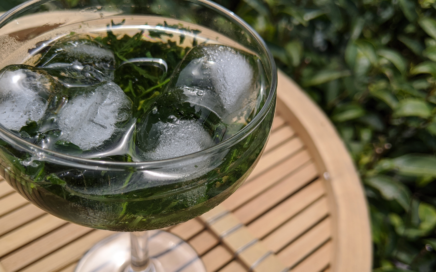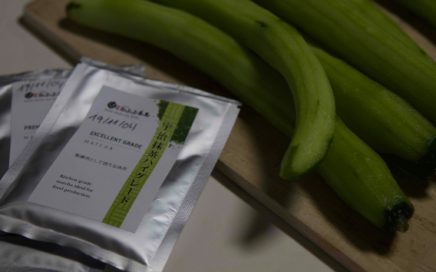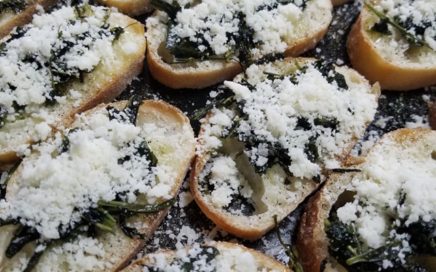
Genmaicha powder Focaccia
Focaccia is a popular italian flat bread made with wheat flour and olive oil and usually seasoned with herbs such as thyme, rosemary and oregano, or tomato. Here, I made a version with genmaicha ! It turns out that for some reason, I prepare dishes that require some preparation the day before…But as usual, you […]




















